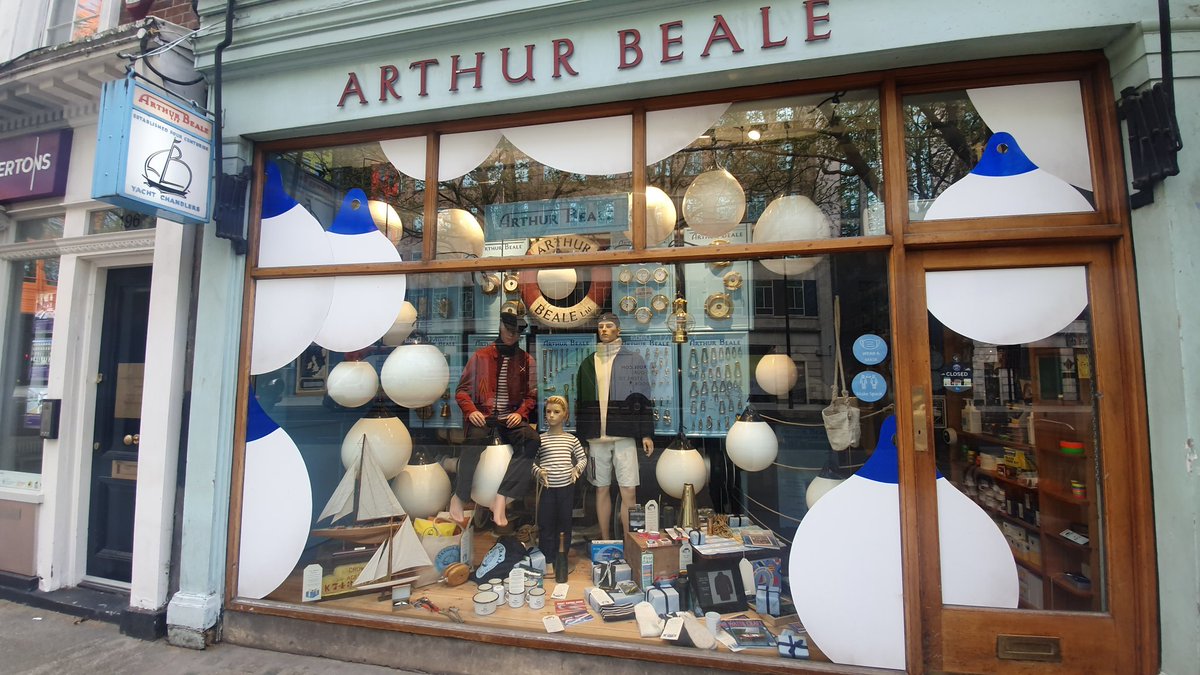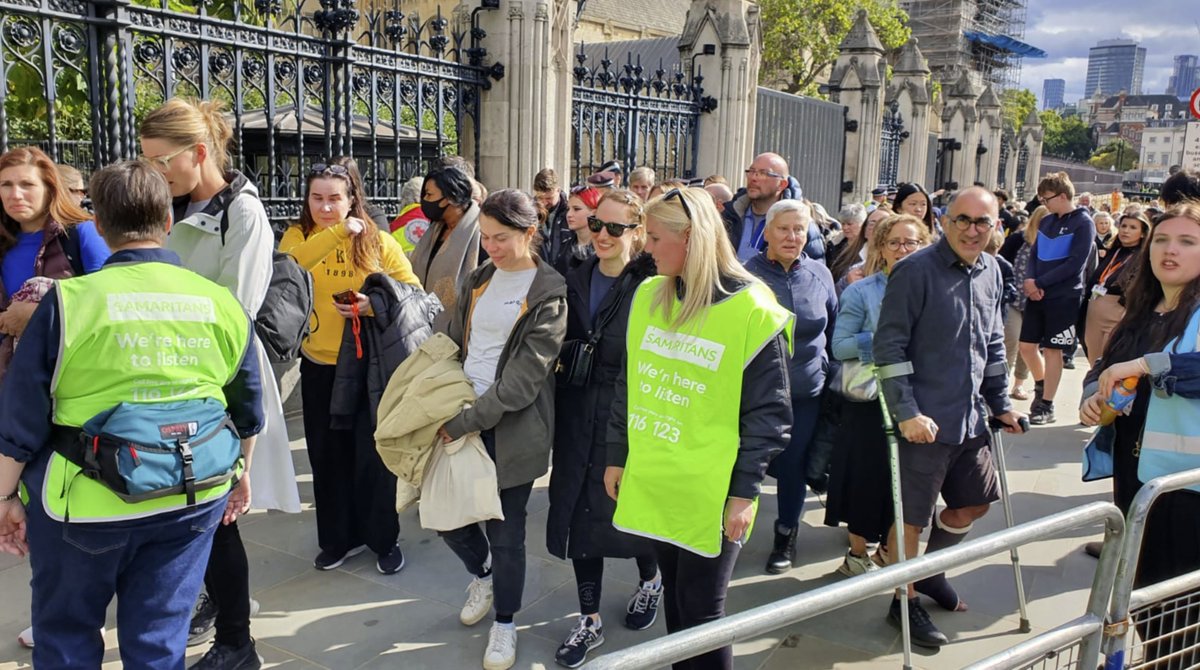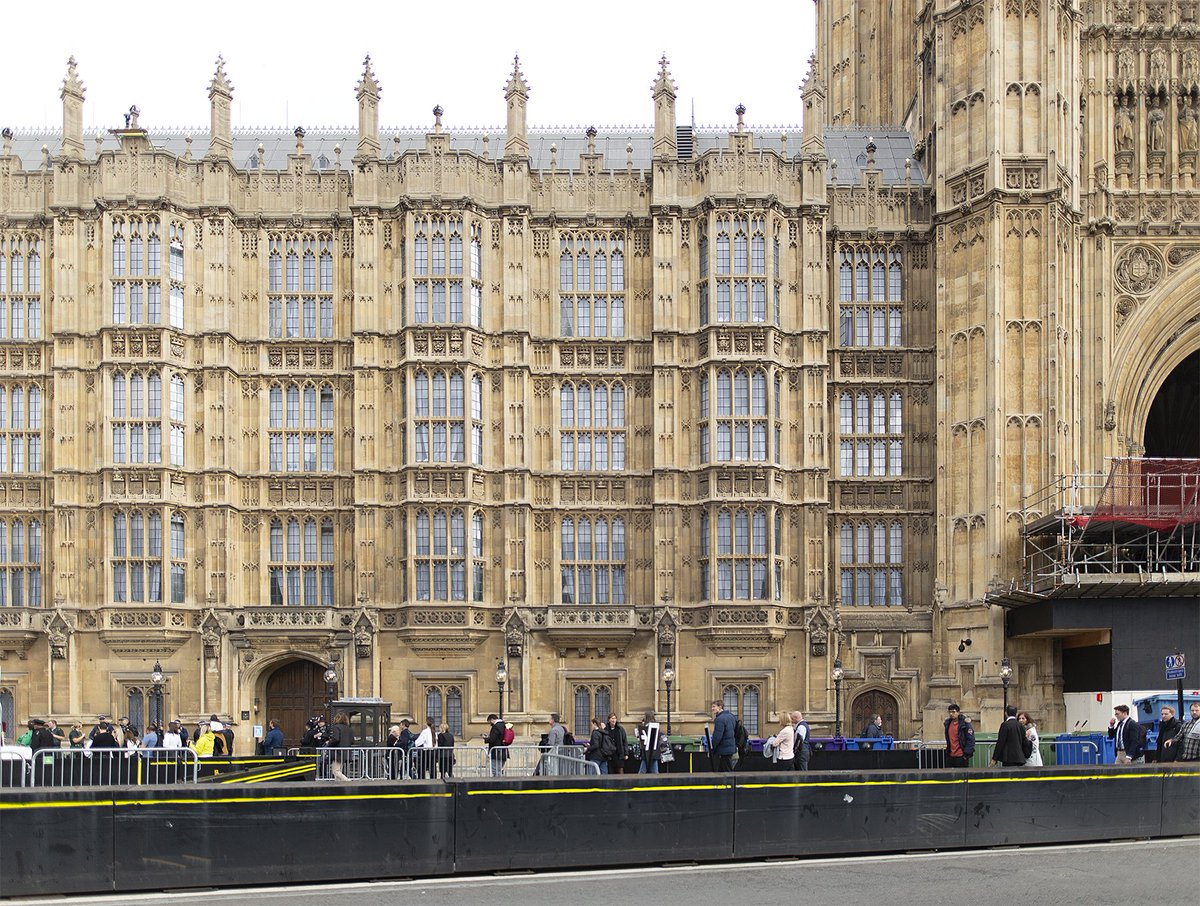A few weeks ago, there were a couple of popular tweets declaring that the "mad umbrella shop" and "mad sailor shop" in London had survived the pandemic.
It is with regret that I report that the "mad sailor shop", Arthur Beale's, is closing, one of the oldest shops in London.
It is with regret that I report that the "mad sailor shop", Arthur Beale's, is closing, one of the oldest shops in London.

If you've ever passed the shop, you've probably noticed the sign says "Established Four Centuries".
Nobody knows exactly how old it is, but there is a card in the British Museum from 1791 showing it was already a well-established business at that point.
Nobody knows exactly how old it is, but there is a card in the British Museum from 1791 showing it was already a well-established business at that point.

I often post photos of their brilliant shop windows. Here's one from a couple of years ago, where they had a full moving underwater scene.
This was the original name for the shop - "John Buckingham, Hemp & Flax Dresser, Two-dealer & Rope-maker" - the old name for the business, traceable from there to its current existence.
You can see the British Museum stamp in the bottom left.
You can see the British Museum stamp in the bottom left.

If you look closely above, you can see 'No 12 Middle Row, St Giles, near Monmouth Street' there.
The current shop is on the corner of Monmouth Street & Shaftesbury avenue, right by where it was back in 1791.
This is the old 'Middle Row', since demolished.
The current shop is on the corner of Monmouth Street & Shaftesbury avenue, right by where it was back in 1791.
This is the old 'Middle Row', since demolished.

Between then & now, they moved to Broad Street, and High Holborn, all within a few hundred metres, before settling on Shaftesbury Avenue.
The shop changed its name to "Arthur Beale" some time in the 1800s, after Arthur Beale (Senior), who began working for John Buckingham.
The shop changed its name to "Arthur Beale" some time in the 1800s, after Arthur Beale (Senior), who began working for John Buckingham.

Arthur Beale Junior was born in 1899.
The shop became "Beale and Clove (Late John Buckingham)", before in 1904 being renamed to "Arthur Beale" (you can still see 'Late John Buckingham' on this card).
The shop became "Beale and Clove (Late John Buckingham)", before in 1904 being renamed to "Arthur Beale" (you can still see 'Late John Buckingham' on this card).

The shop passed on to Arthur Beale Junior eventually, but they were world-class rope makers well before then, as John Buckingham, winning medals.
And that continued on into their life as Arthur Beale.
And that continued on into their life as Arthur Beale.

In the early 1900s, they developed a world famous rope, known as "The Alpine Club Rope".
Look at the beautiful design here (& note the capital 'A' and 'B', neatly picked out in 'Alpine cluB', standing for Arthur Beale)
Look at the beautiful design here (& note the capital 'A' and 'B', neatly picked out in 'Alpine cluB', standing for Arthur Beale)

They produced the ropes used on *all* of the early Everest expeditions.
Here's a note from Tenzing's first Everest expedition, with Eric Shipton, in 1935, requesting rope from Arthur Beale.
Here's a note from Tenzing's first Everest expedition, with Eric Shipton, in 1935, requesting rope from Arthur Beale.

And here's a mail order request, from Arthur Robert Hinks, partially responsible for measuring the distance between the earth and the sun.
Ice axes used in an Everest expedition. The 1921 equivalent of ecommerce just here: "Gentlemen, I have the pleasure to enclose a cheque..."
Ice axes used in an Everest expedition. The 1921 equivalent of ecommerce just here: "Gentlemen, I have the pleasure to enclose a cheque..."

Even today, watching documentaries about current expeditions, you often see the blue Arthur Beale patch on people's shoulders if you look closely. 

After 'four centuries', the shop will no longer be there in London.
They'll continue online, under new ownership, but the pandemic, and their landlords, seem to have put an end to their presence where they were first recorded - 'near Monmouth Street' - a few yards from St Giles.
They'll continue online, under new ownership, but the pandemic, and their landlords, seem to have put an end to their presence where they were first recorded - 'near Monmouth Street' - a few yards from St Giles.

If you are interested in this, I'd recommend this longer history, from Alasdair, the man who has looked after the shop for the last few years.
And do give them a hand at arthurbeale.co.uk, as they head onto their next expedition online.
And do give them a hand at arthurbeale.co.uk, as they head onto their next expedition online.
• • •
Missing some Tweet in this thread? You can try to
force a refresh


















